In Artinis NIRS blog, you will find the latest trends in (f)NIRS, NIRS studies and applications, tutor from the leaders of near infrared spectroscopy, not to mention detailed insights and tips and tricks for your research!
Search blog post topic
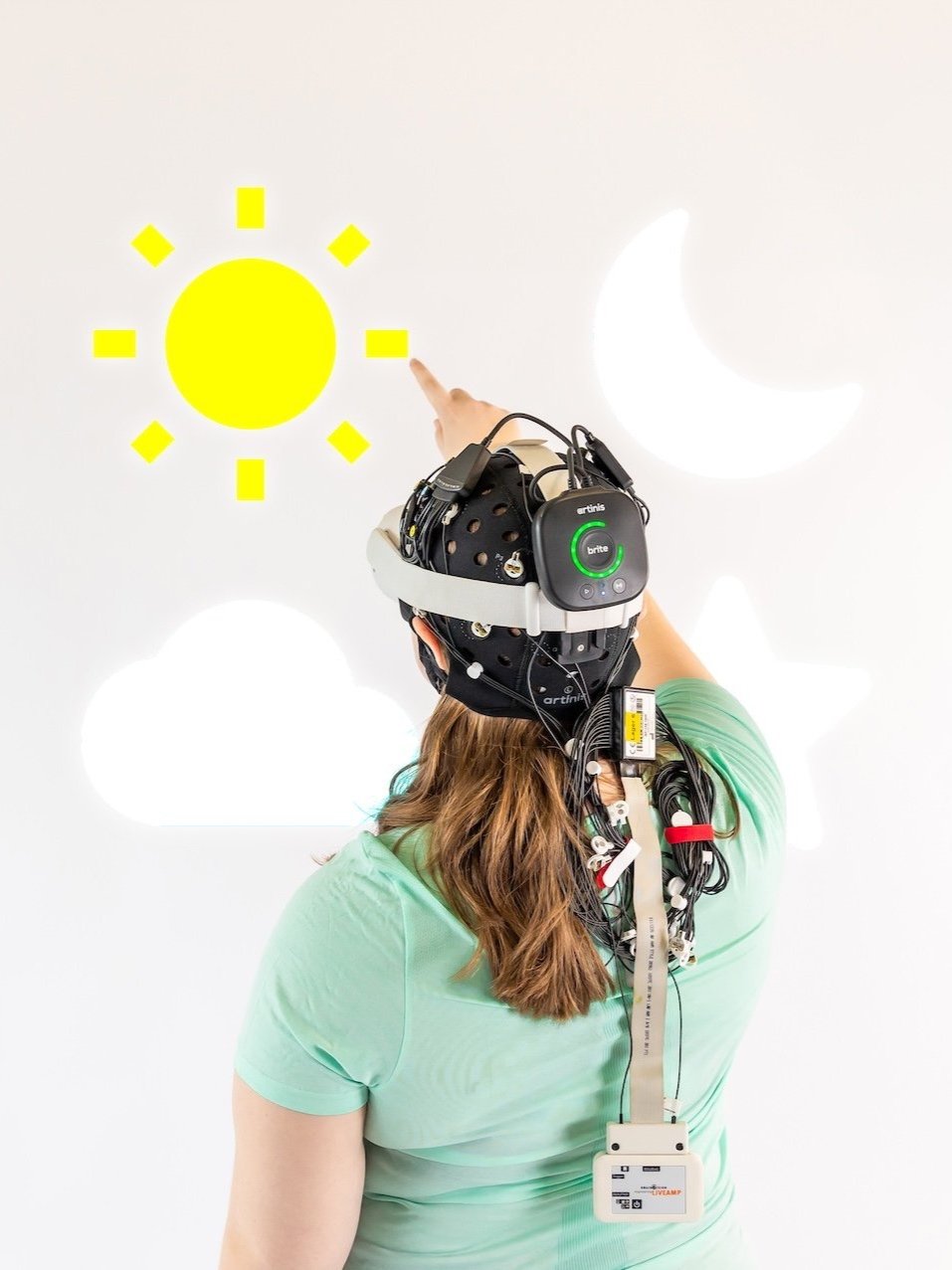
Multimodal fNIRS-EEG measurements — Experimental Design
Finding a suitable experimental design when performing multimodal fNIRS-EEG measurements is an important step in every study. Read this blogpost to learn more about commonly used experimental designs and how those can be adopted in multimodal research.
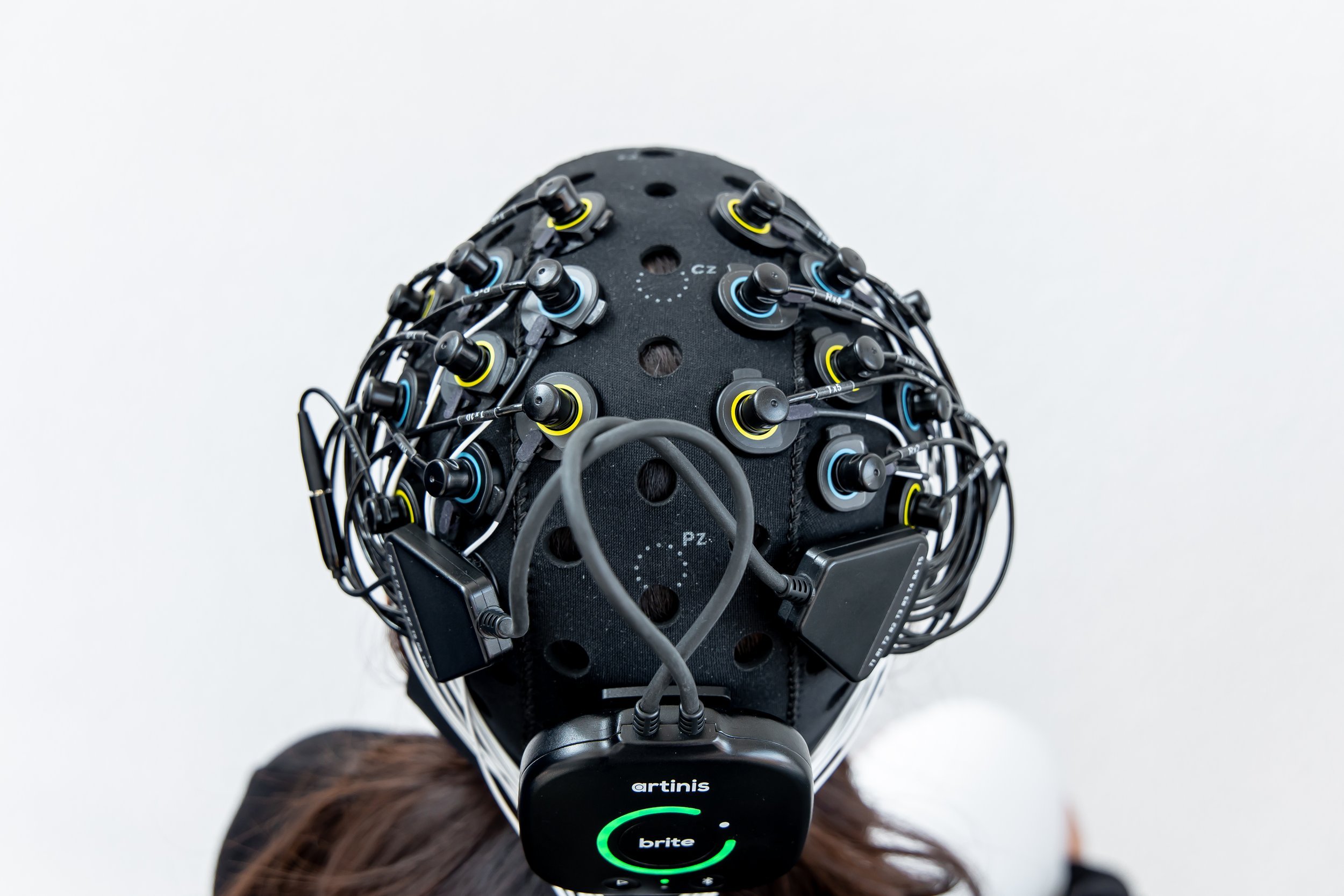
Multimodal fNIRS-EEG measurements — Integration on the head
When simultaneously measuring fNIRS and EEG, placement of both devices should ideally ensure proper coverage of the desired measurement location, minimize interference and take into account (technical) characteristics and basic of both techniques. Read this blog post to learn more about relevance of these points and further recommendations for integrating fNIRS and EEG on one head.
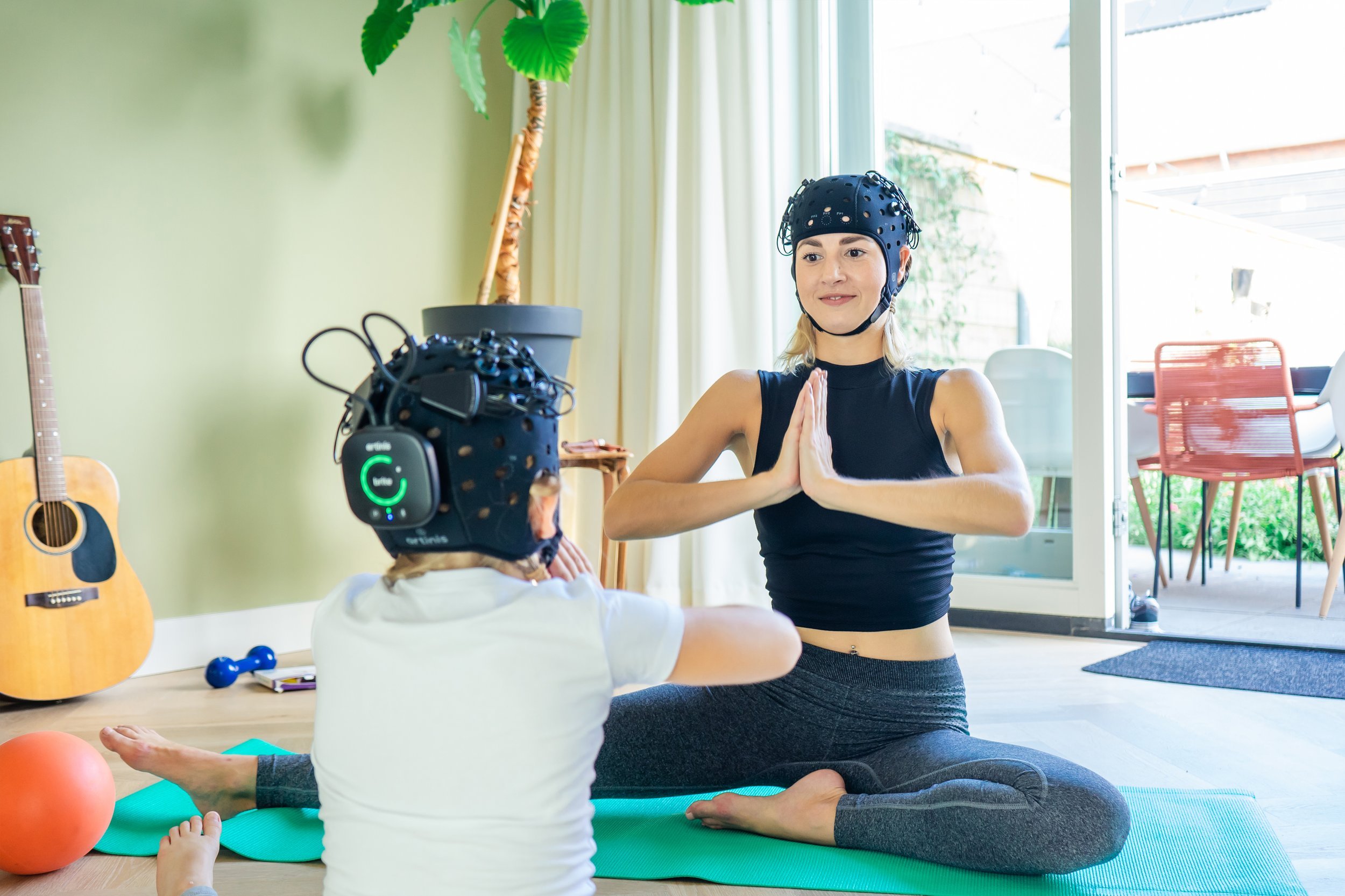
The use of Inertial Measurement Unit (IMU) to detect motion artifacts
Due to its portability, NIRS and fNIRS devices are often used to measure brain and muscle activity during studies that involve movement. To detect motion artifacts that might occur during these experiments, some of our devices, for instance, Brite and PortaLite MKII, incorporate an inertial measurement unit (IMU). Read this blog post, to learn more about the technology behind IMU and how it is used to detect motion artifacts.
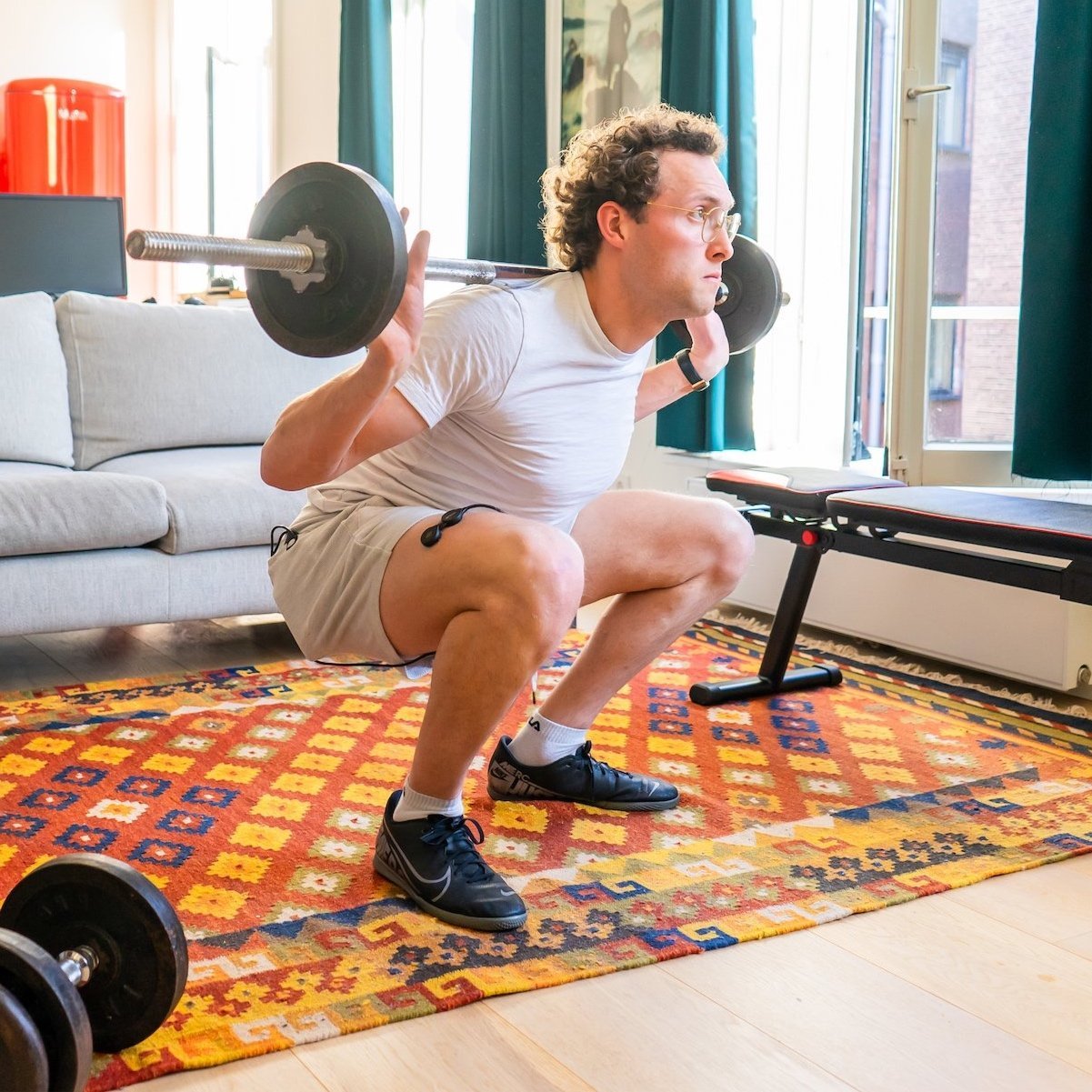
Tissue Saturation Index (TSI) - Absolute oxygenation measure in local tissues
Tissue Saturation Index (TSI) is an absolute measure for the local tissue oxygenation in tissue beneath the sensor. To obtain TSI, a technique called Spatial Resolved Spectroscopy (SRS) is used. TSI can be measured in both brain and muscle. Some of our devices provide the possibility to acquire absolute TSI, next to relative concentration changes in oxy- and deoxygenated hemoglobin. Learn more about the TSI and how to correctly use it in this blogpost.
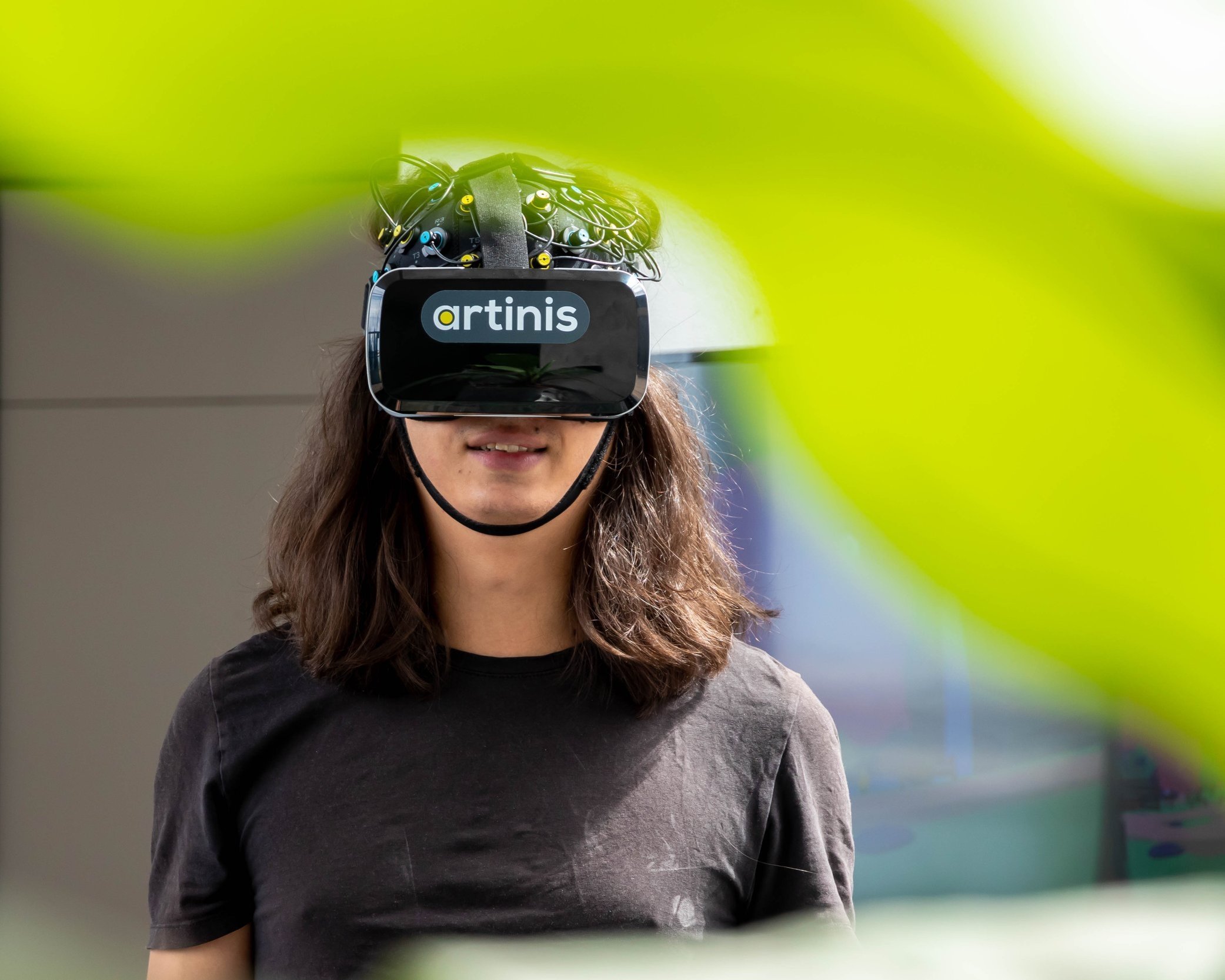
Combining Virtual Reality and wearable fNIRS
The application of Virtual Reality (VR) is becoming increasingly important in clinical and psychological research, for instance in exposure therapy or neurorehabilitation. fNIRS can be used to monitor brain activity during application of VR. We tested simultaneous use of VR and fNIRS with our new device, the Brite Frontal. Read in this blogpost, how this went and which advantages using fNIRS during VR application can demonstrate.
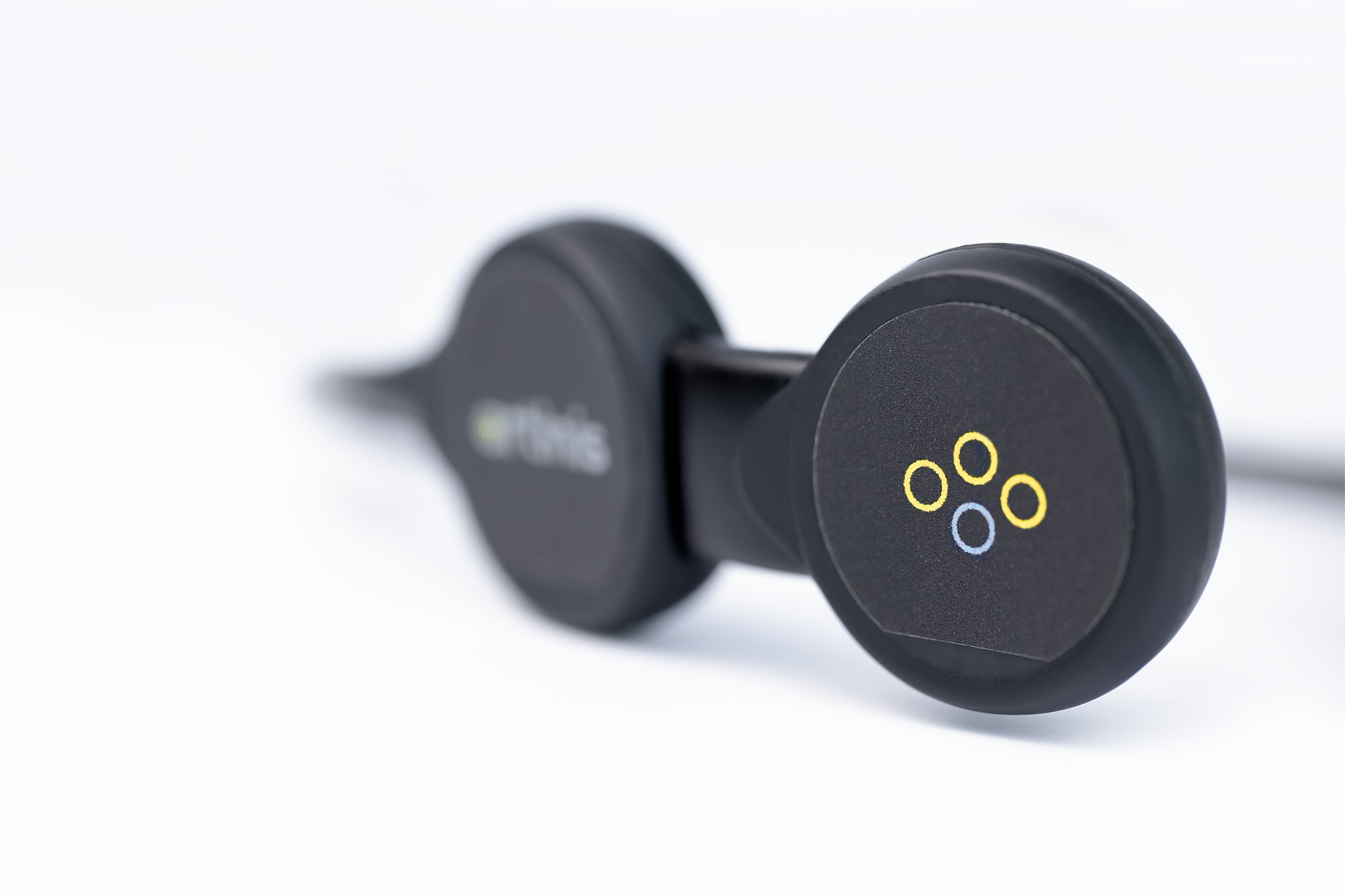
Measuring brain and muscle oxygenation simultaneously using only one device
Interest and importance of simultaneously measuring brain and muscle oxygenation is increasing in various research fields. Our new device, the PortaLite MKII assessment of oxygenation of different tissues and locations by using only one device. Read more about the PortaLite MKII, application possibilities, and features in this blog post.
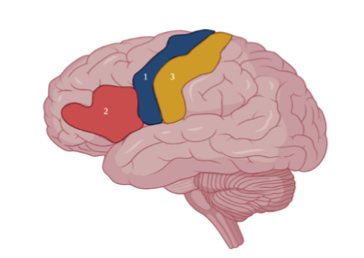
Differences between haemodynamics of planned and spontaneous speech in people who stutter (PWS)
We have received a new update from Liam Barrett, one of the Win a Brite winners, whose research focus is on using biofeedback and fNIRS to promote fluency in people who stutter. In this blog post, he shares his findings on the hemodynamics differences in planned & spontaneous speech between fluent speakers and stuttering people.
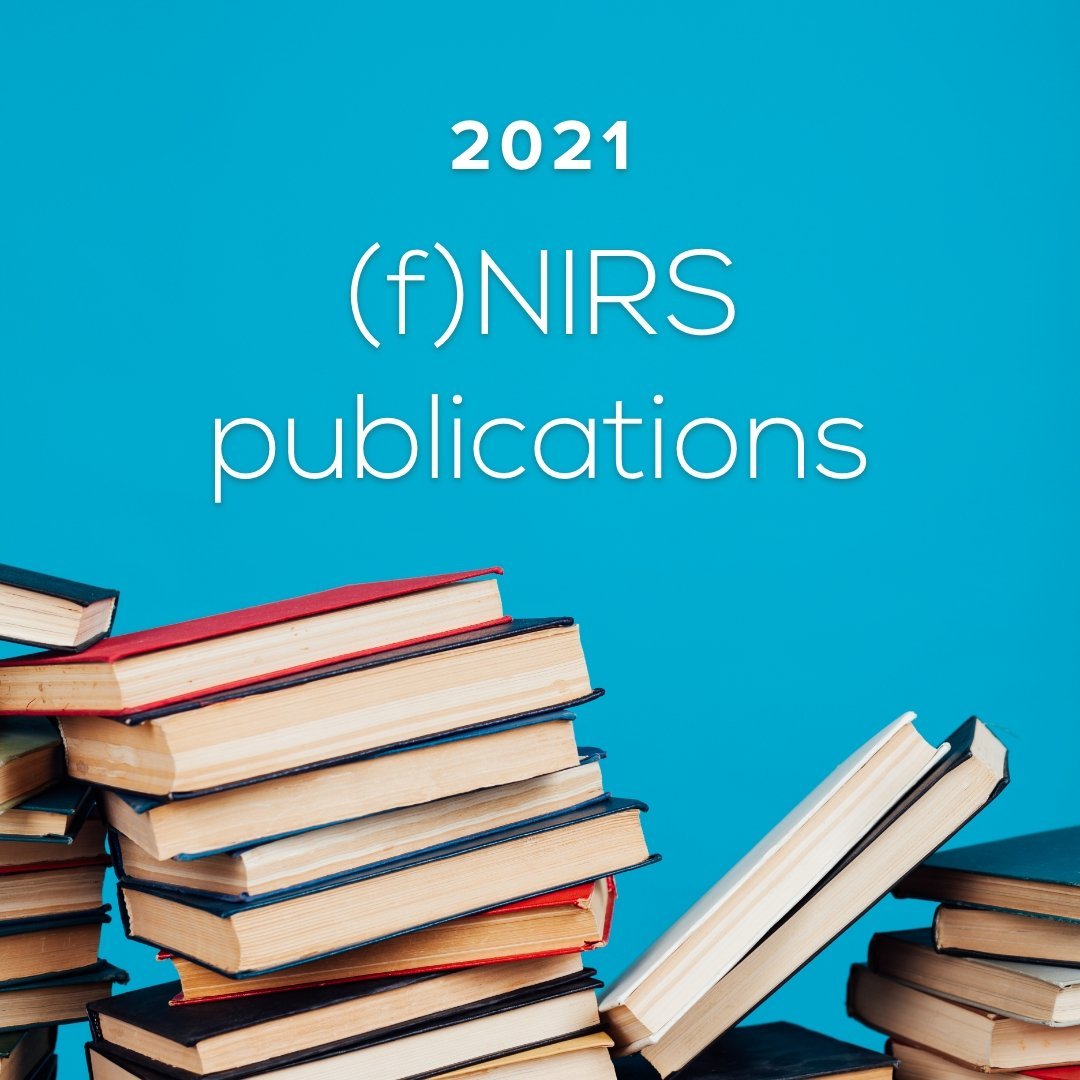
2021 Publication overview with Artinis Near-Infrared Spectroscopy (NIRS) devices
More than 110 papers using our (f)NIRS devices in neuro- and sports science areas were submitted last year. This blog post gives an overview of all papers published in 2021 using Artinis (f)NIRS devices for different application fields/categories, including cortical brain research, sport science, clinical and rehabilitation, hypoxia research, hyperscanning and multimodality.
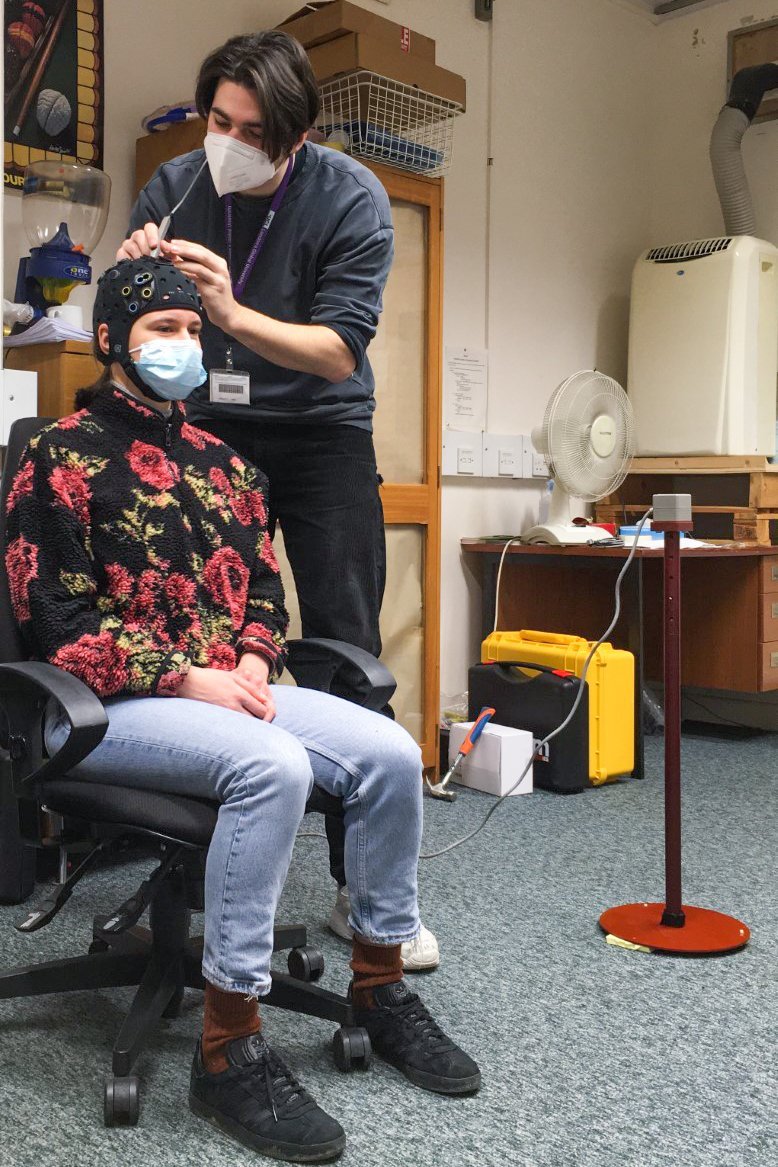
Integrating real-time fNIRS with biofeedback to promote fluency in people who stutter
Over at the Speech Lab here in University College London, we are in the midst of data collection with the wearable fNIRS system, Brite. We’ve been investigating the hemodynamic biomarkers of stuttering along with cortical responses of altered feedback during speech.

fNIRS analysis toolbox series – MNE/Python
In this blog post, we present MNE-NIRS, a Python toolbox for analyzing NIRS/fNIRS data, which aims at researchers with a background in engineering, neuroscience and/or AI. The toolbox is handled by scripting the processing pipeline, which can be done in a regular Python script or within a Jupyter notebook.
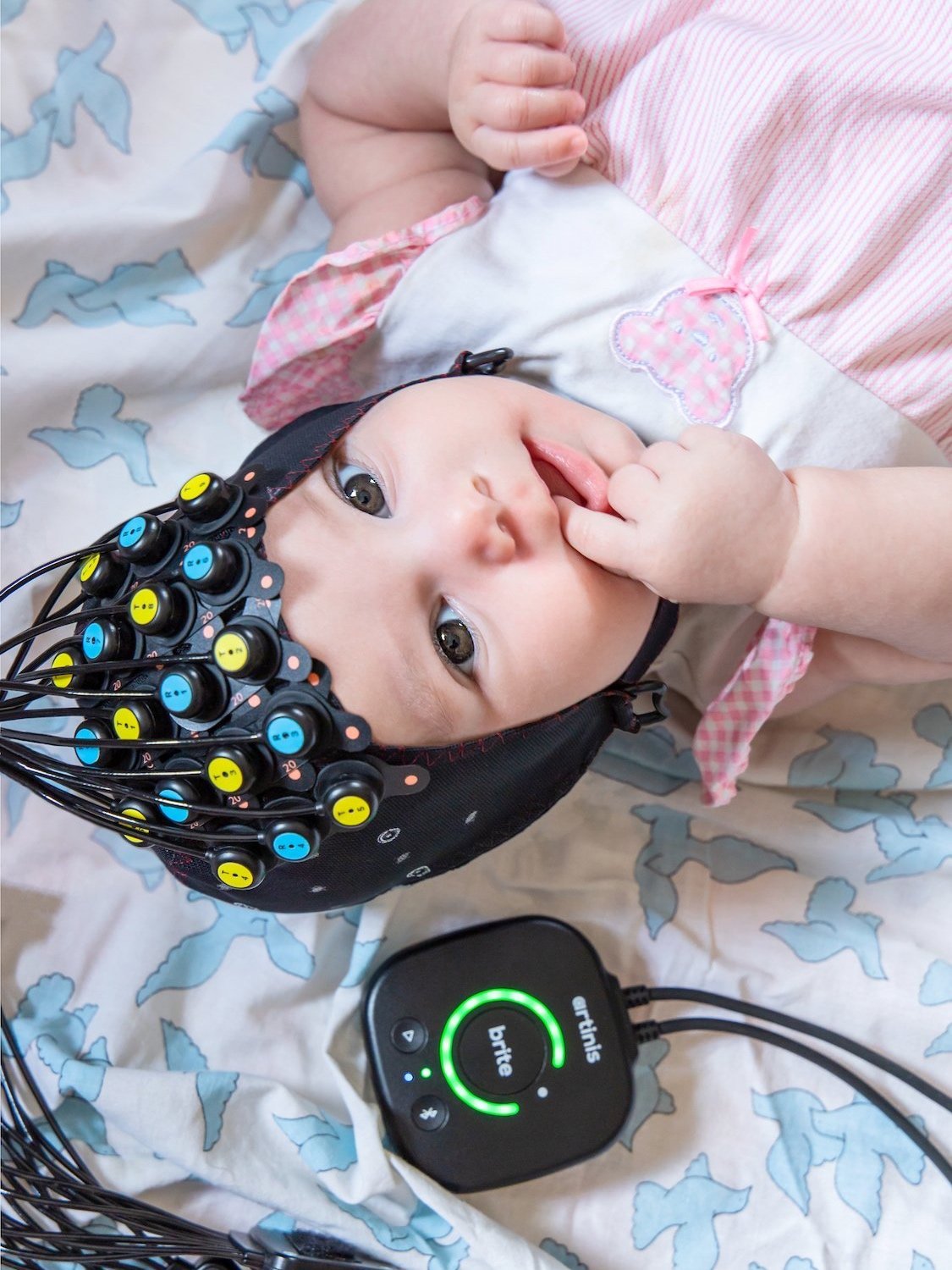
Exploring the infant brain with fNIRS
Testing young babies, between 0 and 2 years of age, is definitely fun, but it also comes with challenges. We asked several developmental researchers to point out the main difficulties they typically encounter and what features an infant-friendly NIRS should have. So, what are these challenges and what can researchers and technology do to overcome them?
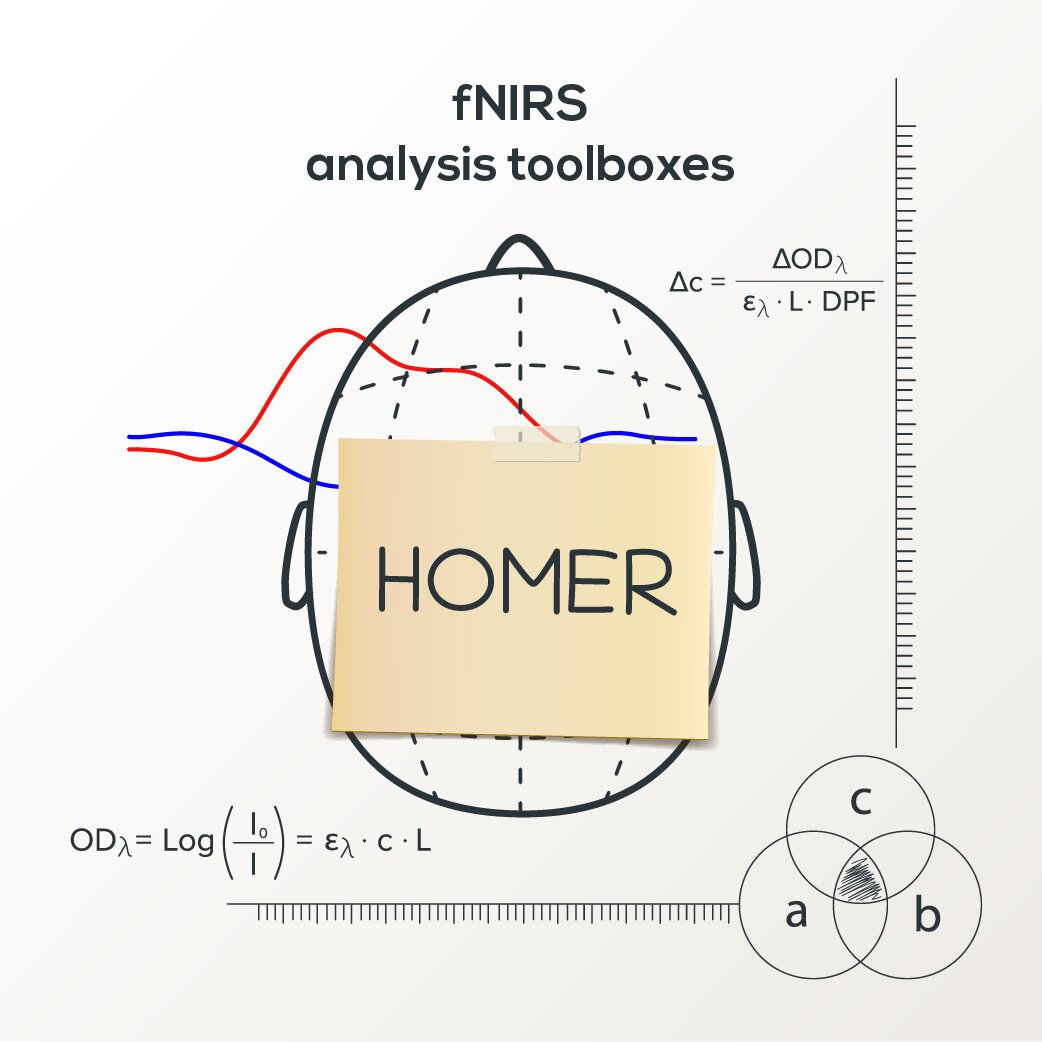
fNIRS analysis toolbox series – Homer
Here we present Homer3, an open-source MATLAB toolbox for analysis of fNIRS data and for creating maps of brain activation. In this blog post, we present the basic principle of Homer3 and show a simple example of how to read in data, preprocess the data (filtering only), average over trials as well as over subjects, and plot the final result in a graph.
